

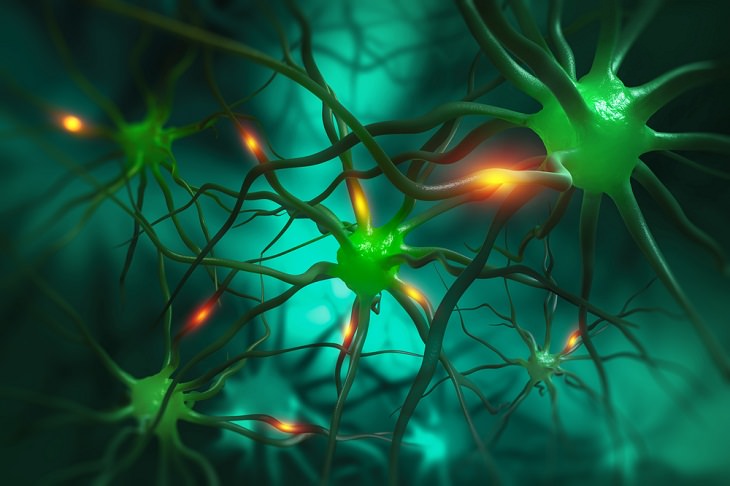


Study: Honeybee Venom Kills Aggressive Breast Cancer Cells
A new study has found that honeybee venom can be used to kill the cells for triple-negative breast cancer. Find out more...
 11:15
11:15
These Paradoxes Continue to Mystify Scientists
Take a look at 7 scientific paradoxes that may never get solved.
 5:18
5:18
The Fascinating Science of False Memories
Find out why our own memories are susceptible to false information and why they can't be trusted.
 16:06
16:06
Did You Know Horses Provide Life-Saving Snake Antivenom?
Snakebites can be incredibly dangerous. The unlikeliest of animals can help provide life-saving antivenom.

9 Inspirational Female Scientists You Should Know About
History is full of women who made significant contributions to science. Let’s meet the most influential ones.
 3:09
3:09
Check Out This Newfound Genetic Vaccine for Coronavirus
Take an inside look at how the trials for a unique COVID-19 vaccine is taking place and learn how it may help us fight off the coronavirus.
 7:27
7:27
Check Out This Radio-Controlled Lego-Powered Submarine
This is the height of creativity! Check out this insanely cool Lego submarine. It actually works!
 2:51
2:51
What is the Largest Organism on Earth?
You may think you know which animal is the largest on earth, but you may be mistaken...
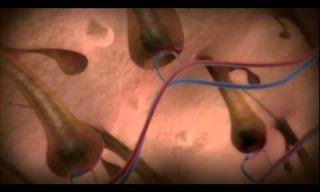 15:55
15:55
This Incredible Documentary Takes You Into the Human Body
A beautiful and graphically advanced animation sheds light on the mysteries of the human body.
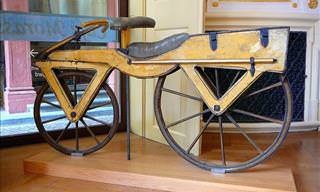
12 Earliest Versions of Tech Inventions We Use Every Day
Witness the evolution of 11 popular devices we use all the time by looking at how they all started...
 6:47
6:47
7 Exciting Physics Tricks You Have to See!
Watch these seven remarkable physics tricks in this exciting and fun video.
 5:08
5:08
Erecting a Behemoth: Installation of an Offshore Oilrig
How do they install an offshore oilrig? This video will show you, step by step, how it is done.
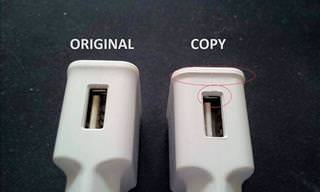
How Can You Recognize a Fake Gadget Before Buying It?
More often than not, you're almost unable to recognize them. So, before purchasing the product you want to have, bear in mind the following tips:

Here Are the 16 Oldest Household Objects in the World
If you think ancient life is remote, these pre-historic household items will make you think again. Just look at how old they are!

17 Experiments That Produced Very Bizarre Results...
Take a look at this collection of photos showing how common people performed some fascinating accidental scientific experiments.

20 Useful Facts About the Science of Cooking
The science behind cooking is not often thought of, but it plays a crucial role in a dish turning out right. Here are 20 facts on the science of cooking.
 6:11
6:11
Your Voice is as Unique As Your Fingerprints
This fascinating video explains how this unique characteristic of humans works, and what makes our voices unique.

26 Incredible Facts About the Human Mind
The human brain is an interesting and powerful organ, which is why we've gathered 26 interesting facts about exactly how human psychology works.
 13:55
13:55
The Disappearing Computer: Revolution on a Personal Scale
What happens when we lose the physical large computer all together? This lecture explains what ahead for computers.
 10:01
10:01
9 UNBELIEVABLE Ice Science Tricks That'l Amaze You
Prepare to be amazed as ice takes center stage in these mind-boggling and unconventional science experiments.
 8:14
8:14
What Would You Do if You Had an Extra Thumb?
This revolutionary invention has the potential to revolutionize the field of prosthetics.

Why Do We LAUGH? 7 Studies on the Origins of Humor
As pervasive as it is in our lives, the origin of laughter remains an intriguing enigma. This article investigates the origins of laughter and humor.

7 Weird Facts About the Human Voice That Will Surprise You
We bet you didn’t know these peculiar facts about the human voice.
 5:07
5:07
The Magical Geometry of Crystals and How It Came to Be
How and why crystals are formed in such distinctive shapes that look like a human must have shaped them.

These Ancient Inventions Have Got Scientists Stumped!
Here are 12 items from long ago which prove that our ancestors possessed knowledge and skills far more advanced than we once believed them to be.

First US Embryo to be 'Edited'; Rise of Genetic Changes!
Could the first human embryos be genetically modified?

Can One Photo Really Tell How Good Your Eyesight Is?
Scientists say that this single photograph can tell you whether you have good vision or not. Who can you see in the image?
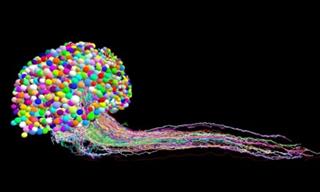
Incredible: First-Ever Complete Map of an Insect's Brain
This incredible project is the first to completely map the brain of an insect, a monumental undertaking even for such a small creature.
 12:55
12:55
Watch This Man Build a Future Using Trash from the Past
In this video, you will see what this incredible community has been able to accomplish by building homes from recycled materials.

Guide: All About the Gut-Brain Connection in Your Body
it's becoming increasingly clear just how influential our tiny gut microbes are in shaping our mood and even our overall health.

25 Pics Showing How People in the Past Imagined the Future
Let’s see how the people of the past imagined the future and find out if their fun predictions came true with these 25 vintage pictures

10 Classic Paradoxes fom Philosophy, Math, and Physics
in every sphere of human knowledge, we’re bound to run into inconsistencies. That’s how fascinating paradoxes like these are born.

These Optical Illusions Will Shock Your Mind!
Optical illusions create miscommunication between our eyes and brain making, us see things that are not really there or not see things that are right in front of us. See for yourself.
 23:26
23:26
Incredible: This Man Got the First Double-Arm Transplant
Felix Gretarsson got burned in both arms and needed the new ones. For that purpose, he went through history's FIRST 2-arm transplant.
 21:53
21:53
24 Confusing Optical Illusions Explained - Fascinating!
How do our eyes fool the brain? Let's find out as a neuroscientist explains the truth behind the most confusing optical illusions.
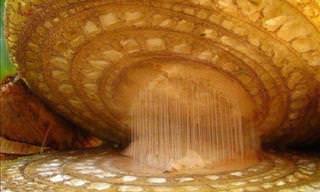
When Under a Microscope, Even Ordinary Things Seem Alien
Have you ever given any thought to what every day things look like under a microscope? Some of these images are truly beautiful - see for yourself in the images below.
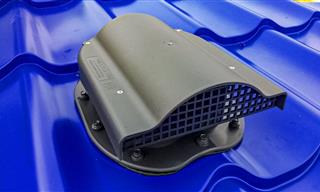 13:01
13:01
13 Incredible ROOF INNOVATIONS For Your House
Keep the roof of your house safe with these incredibly useful inventions.

16 Surprising Things I Never Knew About Sleeping!
Who knew there was so much we don't know about our most popular activity! Here are 16 facts you may not have known about your sleep.

The History of Our Planet in One Beautiful Spiral...
This beautiful infographic offers us a remarkable story – the history of Planet Earth.
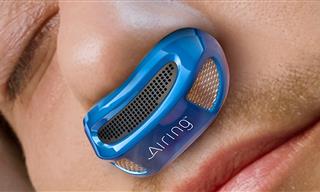 16:55
16:55
Sleep Inventions: 16 Gadgets to Help You Doze Off
If you frequently struggle with sleep, then trying these amazing new sleep innovations could help change your life.

You Won't Believe That These Things Exist in Japan...
If there's one place on this planet that well and truly at the forefront of modern technology, it has got to be Japan, as these inventions prove...
 30:04
30:04
50 Crazy But True Facts About Dreams You Need to Know
Here are some strange and unusual facts about dreams that will surprise you.
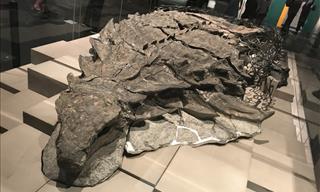
6 Intriguing Archeological Finds of the 21st Century
These archaeological and paleontological discoveries were made in the past 10 years and they're equally fascinating and intriguing...
 4:27
4:27
Get a Sense of Scale of Just How Big SpaceX's Rockets Are
SpaceX is achieving incredible things in space, however it's difficult to picture just how big their rockets are. Take a look...

10 Real-Life Technologies That Science Fiction Foretold
Sometimes even the wildest science-fiction predictions about the future come true.
 17:48
17:48
This Visual Shows the Science Behind the Shape of Rivers
A fascinating visual model that explains why and how rivers change their course.

GUIDE: How Alcohol Affects Us, Drink by Drink...
In this article, we're going to discuss the exact amounts of alcohol in our blood and what they look like, including how each level affects us and our ability to function.


